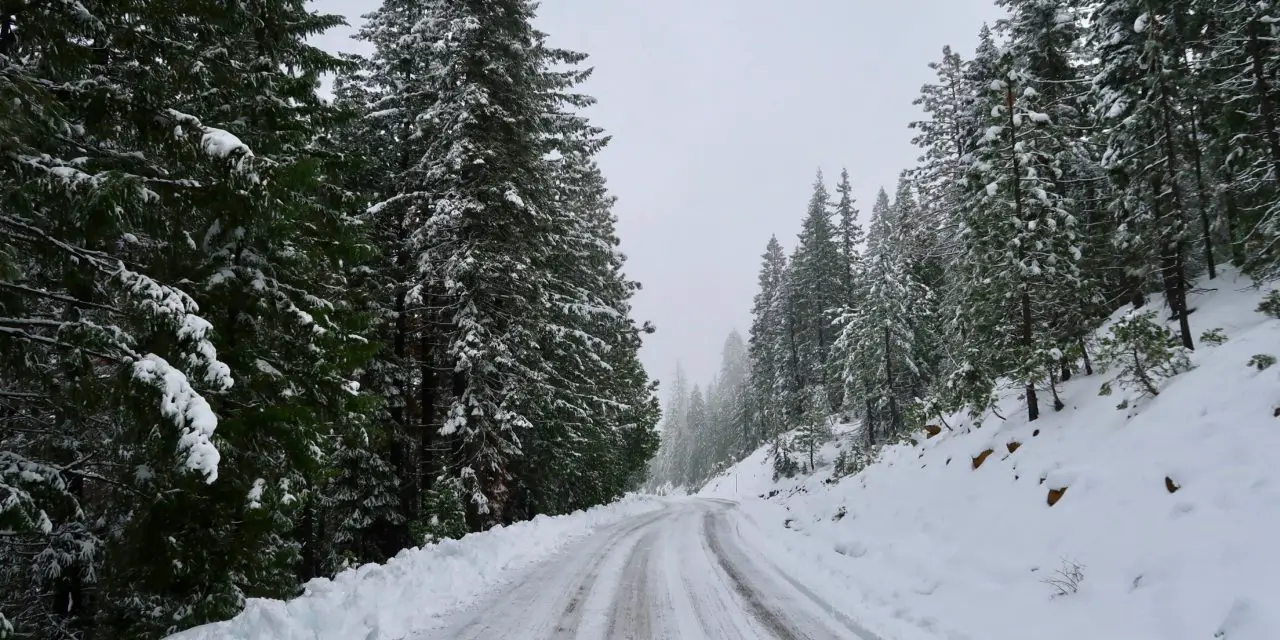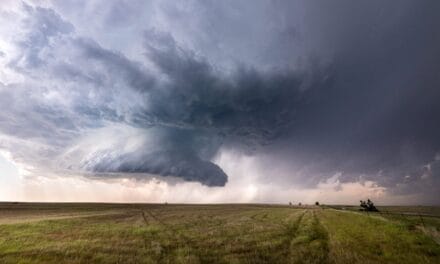Whether you are a citizen of Oklahoma or a traveler, you may want to know what to expect in the winter months regarding transportation on icy roads. Driving without that knowledge can end up in some dangerous situations, especially if you don’t know what to do when your car starts sliding on ice. So, does Oklahoma use salt on roads?
Oklahoma does use salt on the roads with additional plowing daily. Although it is not recommended, this allows for people to travel on the roads when deemed necessary. Salting the roads does not completely remove all the ice but it does start the melting process.
So if you have to use Oklahoma’s roads during severe weather conditions, keep reading to find out everything you must know before getting on the road.
Are Oklahoma Winters Bad?
Many people know Oklahoma for its deadly tornadoes and extreme heat. However, they do experience severe winter weather conditions.
Oklahoma can experience hazardous winter storms, but they mostly get ice storms. These storms can create thick layers of ice on all of the following:
- Roads
- Buildings
- Cars
- Plants
This can lead to power outages, bad road conditions, and damage to buildings and homes.
Oklahoma Winter Climate
Now that you know that Oklahoma winters are bad, you may be wondering just how much snow they get and the temperatures they reach.
Oklahoma can get up to six inches of snow every year. The low average for their winter is 25 degrees Fahrenheit. It is very rare for the temperature to fall below 10 degrees Fahrenheit.
These low temperatures allow the roads to remain cold and therefore the ice can not melt.
How Does Oklahoma Salt the Roads?
So Oklahoma streets get salted, but how do they do it so fast?
States that apply salt to main roads use big plow trucks to loosen the ice then salt drops immediately. This allows more roads to be de-iced at once for people to commute on in case of emergency.
What Roads Get Salted In Oklahoma?
Have you ever stepped out to go to work and noticed your road wasn’t salted but the main highways are? Why is that?
Oklahoma mainly uses salt on the main highways and city roads. They also salt all roads near hospitals and schools. This allows commuters to travel to the hospital for those who need it and for emergencies.
Along with using salt, the state also plows roads and provides a map on their website of snow routes.
How to Salt Your Road Yourself
All states across the United States have trucks that spread salt on the roads before and after a severe winter storm.
However, if you are wanting to salt your road, here is how to do it:
- Use a shovel to remove and loosen the snow or ice.
- Apply a large amount of table salt (Sodium Chloride)
Now, let’s see some alternatives for salting the road.
Alternatives for Salting Roads
Using salt on the roads attracts wildlife and is very dangerous for them to eat. Salt can also contaminate our water source and kill many fish, amphibians, and plants.
Environmentalists encourage states to use alternatives and only use salt when absolutely necessary. The USEPA (The United States Environmental Protection Agency) is currently looking to eliminate the use of salt on roads at all costs.
There are other solutions to melting ice on the road that do not hurt the environment to ensure the roads are safe for drivers. Some include:
- Sugar beet juice
- Calcium magnesium acetate
Sand and cat litter are also very commonly used to gain traction under the tires. The texture creates a surface for the tires that is not slippery. The sand or cat litter does not melt the ice or snow itself.
Winter Driving Safety Supplies to Have in Your Car
In instances where you have to drive in hazardous winter conditions, it is important to have winter safety supplies in your car. You never know when you may be stranded in very cold conditions.
These are the supplies you should always keep in your car:
- Emergency food and water
- Flashlight and batteries
- Blankets
- Cell phone
- Radio
If you get stranded in a storm without supplies, call emergency services or ask someone else on the road to help you. It is not a good idea to stay in your car and wait. This can lead to hypothermia since your car’s temperature will slowly decrease.
Conclusion
Driving on Oklahoma’s salted roads is safer than driving on non-salted roads. If you take extra precautions when driving and make sure you have winter safety supplies, you should be okay with salt on the roads.
Be sure to stay up to date with all the winter forecasts days in advance to have a strategic plan when you do have to drive. Preparing before a storm could also eliminate the need for driving during a winter storm at all costs.





